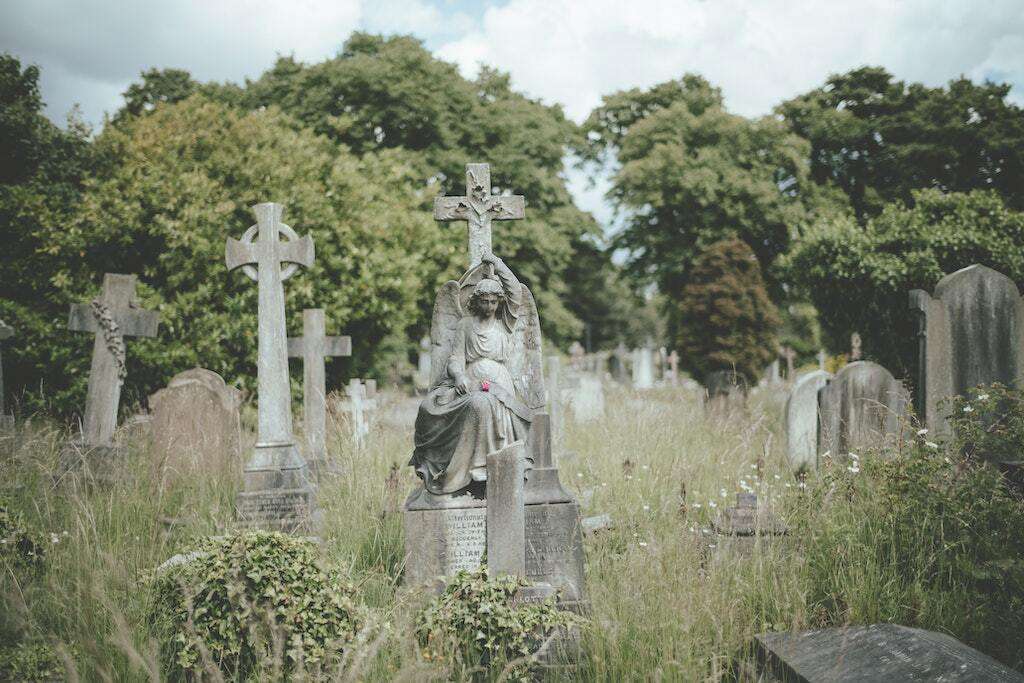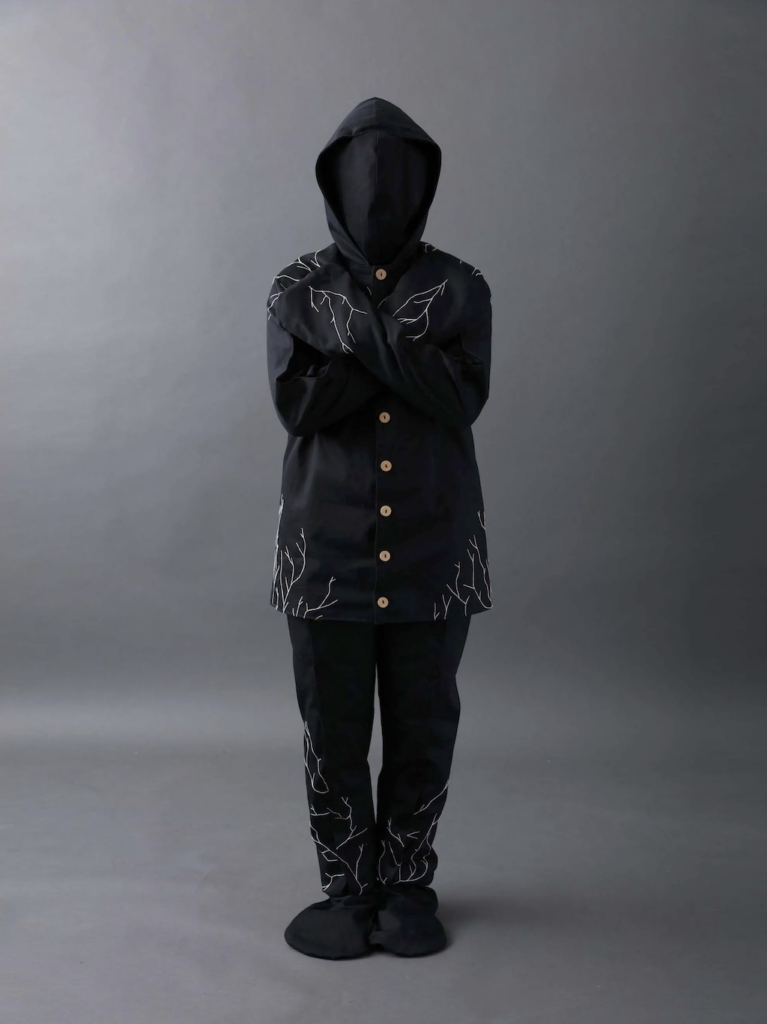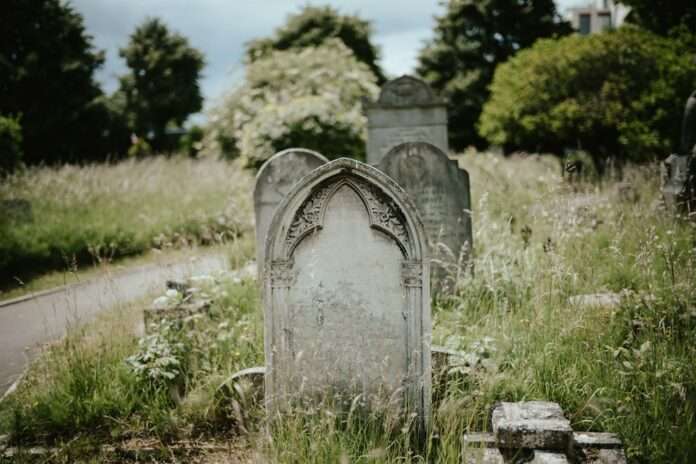It’s never an easy time to talk with your loved ones about your end-of-life wishes, but it’s an important conversation to have. And if green burials are something you’re considering, your family may need some help understanding the options.
Death is inevitable, yet it is a topic that many people find uncomfortable discussing. But as we become more aware of our impact on the environment, it is important to talk about how our deaths affect the planet and consider a green burial as an alternative to traditional burials or cremation.
By discussing green burial options, you can inform your loved ones about their environmental impact, too, and help them decide on your final resting place. In addition, having these conversations can also bring you closer together as a family and provide comfort during a difficult time.
Why choose a green burial?
A green burial is a simple, natural, and environmentally friendly way to handle the remains of a loved one — it’s a sustainable and environmentally friendly option that offers several benefits over conventional funerals. From saving money to minimizing environmental impact, there are plenty of reasons to go green in your burial. By starting the conversation, you can educate your loved ones about the benefits of green burial and address any misconceptions they may have.

Environmental benefits
Traditional burial practices involve embalming fluids, metal caskets, and concrete vaults, all of which have negative impacts on the environment. These practices can release toxic chemicals and greenhouse gases into the atmosphere, contaminate soil and groundwater, and contribute to deforestation. Green burial, on the other hand, is a more sustainable option that reduces the carbon footprint of death.
Personal beliefs
Some people choose green burial as a way to honor their personal beliefs and values. For example, some religions advocate for natural burials and believe that the body should return to the earth as quickly as possible. Others view green burial as a way to be more in tune with nature and the cycle of life and death.
Financial considerations
The average funeral costs can reach up to $8,000. In contrast, green burials are often more affordable and can help alleviate the financial burden on grieving families. Green burial typically involves a simple biodegradable container or shroud, and may not require a burial vault. This can significantly reduce the overall cost of the burial.
How to start the conversation
Going over your funeral planning checklist and talking about burial arrangements can be challenging, but it is important to have these conversations. Here are some tips on how to start the discussion about green burial:
Choose the right time and place
It is important to find a time and place where everyone feels comfortable and relaxed. Avoid discussing the topic during family gatherings or other stressful events.

Be respectful and open-minded
When talking about green burial, be respectful of the beliefs and opinions of other people. It is important to listen to their concerns and be open-minded to their suggestions. Avoid being hostile, especially when others do not agree with your views.
Explain your reasons for wanting a green burial
Share your thoughts and feelings about why green burial is important to you. Be clear about your values and beliefs, and why you want to be buried in an environmentally friendly way.
Listen to your loved ones’ concerns
Your family and friends may have concerns or questions about green burial, such as its legality, safety, or cost. It is important to listen and provide accurate information to address any misconceptions they may have.
Common misconceptions about green burials
Despite the growing popularity of green burial, there are still some misconceptions and myths surrounding this practice.

To address these misconceptions, it is important to provide accurate information and answer any questions or concerns that your loved ones may have. You can also provide resources or invite them to speak with professionals in the green burial industry to learn more about the process. Show them the cost differences, making them realize that they can save a lot of money. By addressing these misconceptions, you can help them see how green burial can be beneficial.
Green burial is illegal
Green burial is legal in most states and countries. However, there may be some regulations or restrictions that vary by location. It is important to research the laws and regulations in your area before making any decisions. There are no state laws explicitly prohibiting green burials, but note that the rules can vary in different cemeteries.
Green burial is unsafe
Some people may think that green burial is unsanitary or poses health risks. However, green burial is safe and involves the use of natural materials and processes that are biodegradable and non-toxic. The important thing is that it is done right following the best possible practices.
Green burial is unhygienic
Another misconception is that green burial is unhygienic and can lead to the spread of disease. However, green burial involves using natural decomposition processes that do not pose any health risks. Again, this will all depend on how the overall procedure is executed.
Green burial is not dignified
Some people may think that green burial is less dignified or respectful than traditional burial or cremation. Nonetheless, green burial can be just as meaningful and dignified as any other type of burial and can provide a sense of connection to the natural world.
Green burial is only for environmentalists
Green burial is not just for environmentalists, but for anyone who wants a more sustainable and natural way of handling their remains. It is a personal choice that reflects one’s virtues. It can also be a great way to leave a lasting memory.
Related on Ethos:


